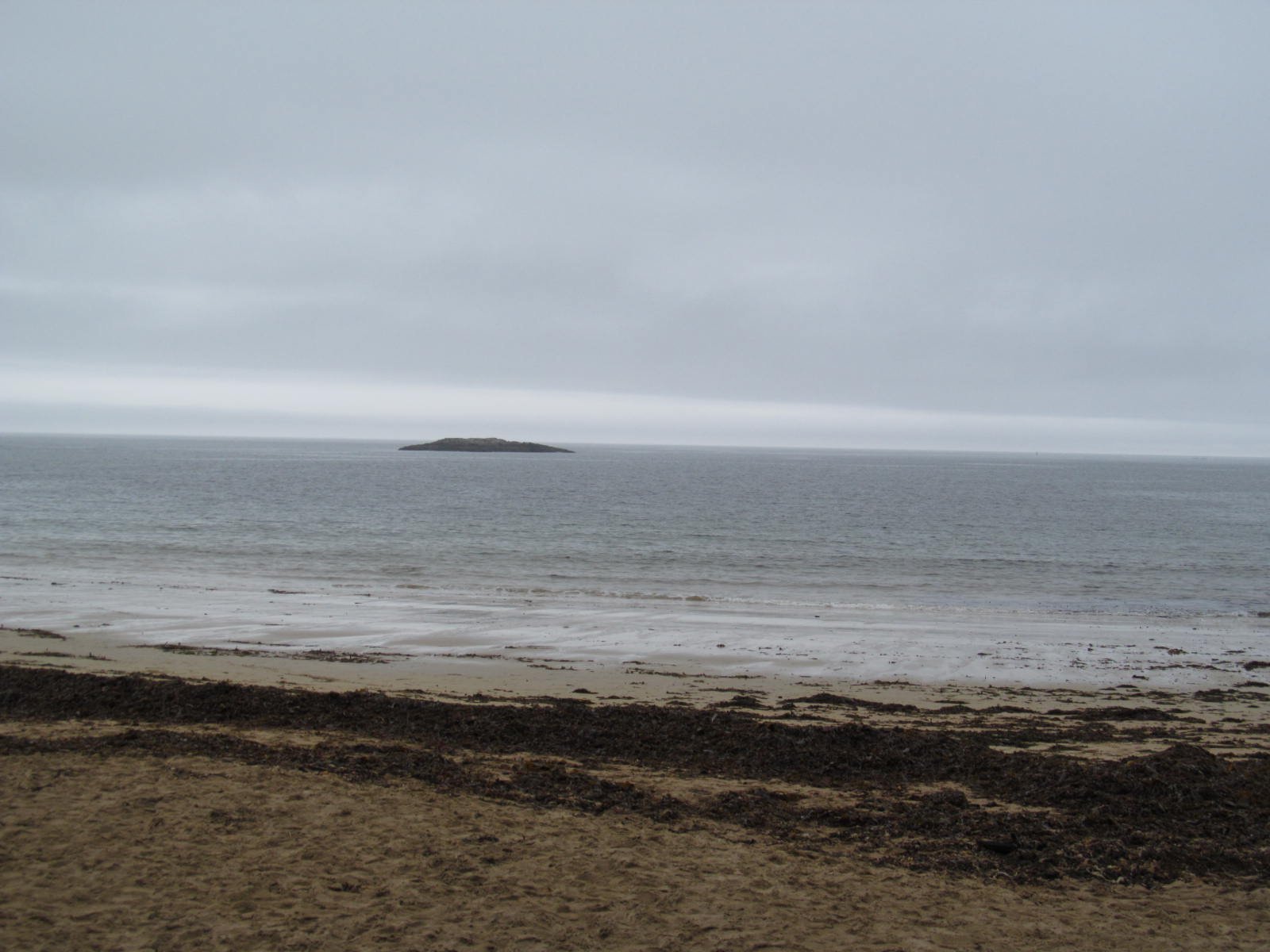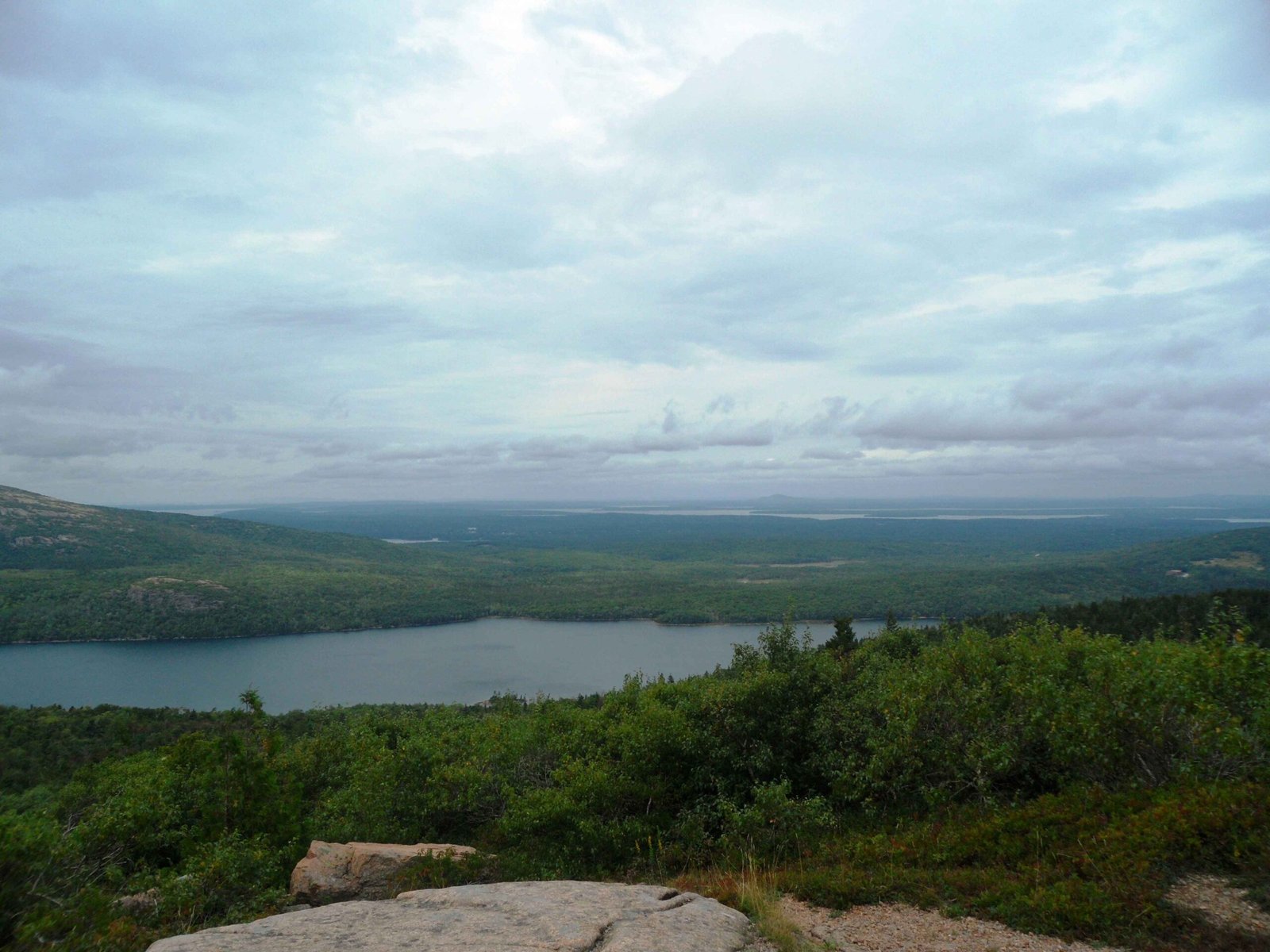Anemone Cave in Acadia National Park is a captivating sea cave formed by millennia of wave action. Located on Mount Desert Island, this natural wonder boasts a 35-foot wide entrance and extends 60 feet into the rocky coastline. Home to diverse marine life, including its namesake sea anemones, the cave offers a unique glimpse into Maine’s coastal ecosystem. Accessible only at low tide, Anemone Cave presents both a geological marvel and a delicate environment that requires careful exploration and preservation.
What Are the Geological Features of Anemone Cave?

Anemone Cave stands as a testament to the power of nature’s sculpting forces. Here are its key geological characteristics:
- Largest of six sea caves on Mount Desert Island
- Entrance dimensions: 35 feet wide, 15 feet high at mid-tide
- Cave depth: Approximately 60 feet
- Composition: Granite and local rock types
- Formation process: Thousands of years of constant wave erosion
The cave’s unique structure provides a fascinating study in coastal geomorphology, showcasing how water and time can shape even the hardest rock formations.
What Marine Life Can Be Found in Anemone Cave?

The cave’s tidal environment creates a rich habitat for various marine species. Visitors can observe:
- Sea anemones (the cave’s namesake)
- Starfish
- Sea moss
- Sponges
- Various mollusks
Tidal pools within the cave, exposed during low tide, are particularly biodiverse. These miniature ecosystems offer a glimpse into the intricate web of life that thrives in the intertidal zone.
When Is the Best Time to Visit Anemone Cave?
Timing is crucial when planning a visit to Anemone Cave. Consider the following factors:
| Factor | Optimal Conditions |
|---|---|
| Season | Late spring to early fall |
| Weather | Calm, clear days |
| Tide | Low tide only |
| Ocean Conditions | Calm seas |
Important Note: The cave is completely submerged at high tide, making it inaccessible and dangerous. Always check local tide charts and weather forecasts before planning your visit.
How Can I Access Anemone Cave?
Reaching Anemone Cave requires some planning and caution. Here’s what you need to know:
- Parking: Available at Schooner Head Overlook
- Trail: Short, paved path with three switchbacks
- Final Descent: Challenging rocky scramble (not suitable for all visitors)
- Required: National Park pass or entrance receipt
Remember, the park has removed signs and railings to discourage casual visitors due to safety and environmental concerns. Exercise extreme caution when attempting to access the cave.
What Facilities Are Available Near Anemone Cave?
Visitors should be aware that amenities are limited at the Anemone Cave site:
- No restrooms directly at the cave location
- No visitor center or information kiosk on-site
- Nearest facilities are at other park locations
Plan accordingly by using restrooms and gathering information before heading to the cave area.
Are There Guided Tours of Anemone Cave?
Currently, there are no official guided tours specifically for Anemone Cave. Exploration is self-guided, which means:
- Visitors must navigate to the site independently
- No scheduled tour times or professional guides available
- Responsibility for safety and environmental preservation rests with the visitor
While this allows for a more personal experience, it also requires visitors to be well-informed and cautious.
What Activities Can I Do at Anemone Cave?
The primary activities at Anemone Cave revolve around observation and exploration:
- Examining the cave’s geological features
- Observing marine life in tidal pools
- Photography (be mindful of fragile ecosystems)
- Rock scrambling (with caution)
Caution: Always watch your step and avoid disturbing or damaging the marine environment.
What Are the Costs Associated with Visiting Anemone Cave?
Visiting Anemone Cave is included in the general admission to Acadia National Park:
- Standard park entrance fee applies
- No additional cost for accessing the cave area
- National Park passes are accepted
For current fee information, check the official Acadia National Park website.
What Regulations Should I Be Aware of When Visiting Anemone Cave?
To protect both visitors and the environment, several regulations are in place:
- Display a valid park pass at all times
- Access only during low tide and calm conditions
- Do not remove or disturb marine life or rocks
- Stay on designated trails until reaching the cave area
- Be prepared for sudden weather changes
Adhering to these regulations ensures the preservation of this unique ecosystem for future generations.
How Can I Prepare for a Safe Visit to Anemone Cave?
Safety is paramount when visiting Anemone Cave. Follow these tips for a secure experience:
- Check tide charts and weather forecasts
- Wear sturdy, non-slip footwear
- Bring a flashlight for cave exploration
- Carry a first-aid kit
- Inform someone of your plans
- Bring plenty of water and snacks
- Be prepared to turn back if conditions are unfavorable
Remember, the challenging access and changing tides make this location potentially dangerous for unprepared visitors.
Anemone Cave in Acadia National Park offers a unique blend of geological wonder and marine biodiversity. While its hidden nature and lack of formal infrastructure may deter some, those who venture to explore this coastal gem are rewarded with an unforgettable experience. By respecting the environment and adhering to safety guidelines, visitors can enjoy this natural marvel while ensuring its preservation for years to come.
References:
1. https://www.coa.edu/live/files/1257-anemone-cave-history-003
2. https://noahlangphotography.com/blog/anemone-cave-trail-schooner-head-overlook-acadia-national-park
3. https://maps.roadtrippers.com/us/acadia-national-park-me/nature/schooner-head-overlook-anemone-cave

